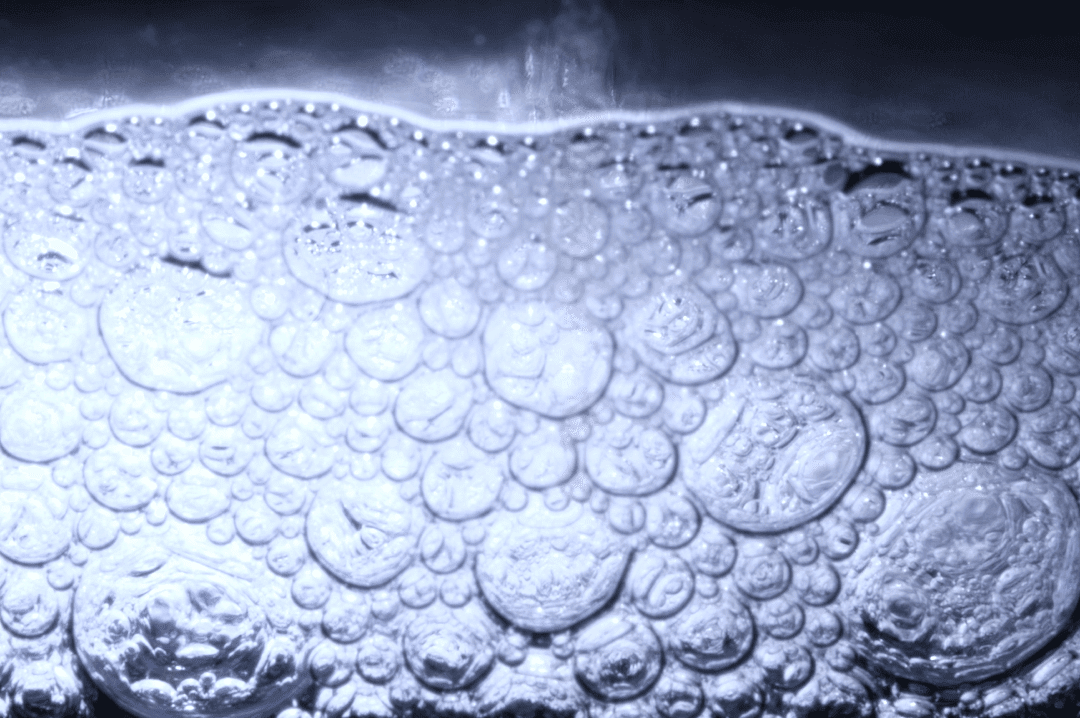A Guide to Understanding the Different Types of Defoamers Available
A Guide to Understanding the Different Types of Defoamers Available
Blog Article
The Role of Defoamers in Enhancing Item High Quality and Performance
In various producing processes, the existence of foam can considerably impede item quality and operational performance. Defoamers function as crucial additives that reduce this issue, making sure smoother production operations while enhancing the functional and visual characteristics of the last items (defoamers). Their application covers a wide variety of markets, from food and beverage to drugs, where uniformity and reliability are paramount. The choice of the appropriate defoamer can be vital to attaining ideal results, elevating essential inquiries regarding formulation compatibility and performance metrics that merit more exploration.
Recognizing Defoamers
Comprehending the function of defoamers is essential for keeping product high quality throughout different sectors. Defoamers are chemical ingredients designed to avoid the formation and decrease of foam in fluid systems, which can adversely affect processes such as blending, loading, and surface area stress. Lathering can lead to inefficiencies, product problems, and endangered visual charm, making defoamers a crucial part in producing procedures.
In commercial applications, defoamers aid to enhance product consistency and stability. The reliable usage of defoamers not only guarantees smoother manufacturing processes but additionally adds to remarkable item performance.
Additionally, the selection and formulation of a defoamer should align with particular application needs, such as compatibility with other ingredients, effectiveness under differing temperature and pH conditions, and prospective governing restraints. Eventually, comprehending defoamers' functions and their importance in numerous solutions is crucial for optimizing manufacturing and guaranteeing the finest quality final result.
Sorts Of Defoamers
Defoamers can be categorized into a number of types based on their make-up and mechanism of activity. The main kinds consist of silicone-based, non-silicone natural, and not natural defoamers.
Silicone-based defoamers are among the most effective, largely as a result of their capability to spread promptly on the liquid surface and interrupt foam formation. Their special chemical structure permits superior stability, making them ideal for high-temperature applications and environments with varying pH degrees.
Non-silicone natural defoamers, frequently made up of fatty acids or all-natural oils, are valued for their biodegradability and lower toxicity. These are generally used in food and beverage applications where security and ecological impact are critical.
Not natural defoamers, that include materials like talc or calcium carbonate, act by raising the density of the liquid, therefore decreasing foam stability. They are usually made use of in industrial procedures where compatibility with various other products is not a concern.
Each sort of defoamer has distinct benefits and limitations, permitting tailored remedies depending upon the certain lathering issues run into in numerous applications. Recognizing these differences is critical for enhancing performance and accomplishing desired item quality.
Applications Throughout Industries
Countless industries utilize defoamers to improve product quality and operational efficiency. In the food and drink field, defoamers are crucial in processes such as developing and milk manufacturing to stop foam development, which can lead to ineffectiveness and product inconsistency. By managing foam, suppliers can make sure far better return and an extra uniform item.
In the pharmaceutical industry, defoamers play a vital duty in the solution of liquid drugs, where too much foam can restrain mixing and exact application. Their use aids keep the integrity of the solutions and facilitates smoother production processes.
The paint and finishings industry likewise relies upon defoamers to boost the performance of products during application. By reducing foam, these ingredients make sure a smoother coating and improve the visual top qualities of the end product.

Benefits of Using Defoamers
While the application of visite site defoamers varies across industries, their benefits constantly enhance product high quality and process performance. One considerable benefit is the why not try these out reduction of foam formation during manufacturing procedures, which can otherwise result in manufacturing delays and variances in item top quality. By decreasing foam, defoamers make it possible for a smoother circulation of materials, helping with much more reliable operations and lowering the chance of tools breakdowns.
Additionally, making use of defoamers can improve the look and appearance of end products. In sectors such as finishes, paints, and food processing, extreme foam can jeopardize the aesthetic appearances and overall high quality, while the appropriate defoamer application makes sure a consistent finish and desirable characteristics. In addition, defoamers can add to set you back financial savings by decreasing waste during manufacturing and optimizing using raw materials (defoamers).

Selecting the Right Defoamer
Picking the ideal defoamer is essential for maximizing manufacturing processes and guaranteeing product quality. The choice of defoamer affects not just the effectiveness of foam control however likewise the general efficiency characteristics of the end product. Factors to consider consist of the kind of application, the chemistry of the solution, and the ecological problems under which the item will certainly be used.
Different industries might need details defoamer types, such as silicone-based, organic, or polymeric defoamers. Comprehending the compatibility of the defoamer with the primary ingredients is crucial to stay see page clear of adverse responses that can compromise item honesty. Furthermore, the defoamer's effectiveness in various temperature levels and pH levels have to be reviewed to guarantee consistent efficiency.
Evaluating the defoamer in small applications can give valuable insights into its efficiency and viability. Consideration of regulatory compliance, specifically in food, pharmaceuticals, and cosmetics, is vital in picking a defoamer. Inevitably, a complete evaluation of these factors will bring about the option of a defoamer that not only manages foam effectively yet likewise improves the quality and performance of the end product.
Conclusion

To conclude, defoamers are vital additives that considerably improve product top quality and performance throughout various markets. By effectively decreasing foam formation, these agents not just boost operational efficiency but also add to the aesthetic and useful integrity of items. The strategic selection and application of defoamers lead to cost savings, optimized source use, and increased customer satisfaction. In general, the importance of defoamers in industrial processes can not be overemphasized, as they play a crucial function in accomplishing high-quality and constant outcomes.
Lathering can lead to inefficiencies, item defects, and compromised visual appeal, making defoamers an important element in manufacturing operations.

Report this page